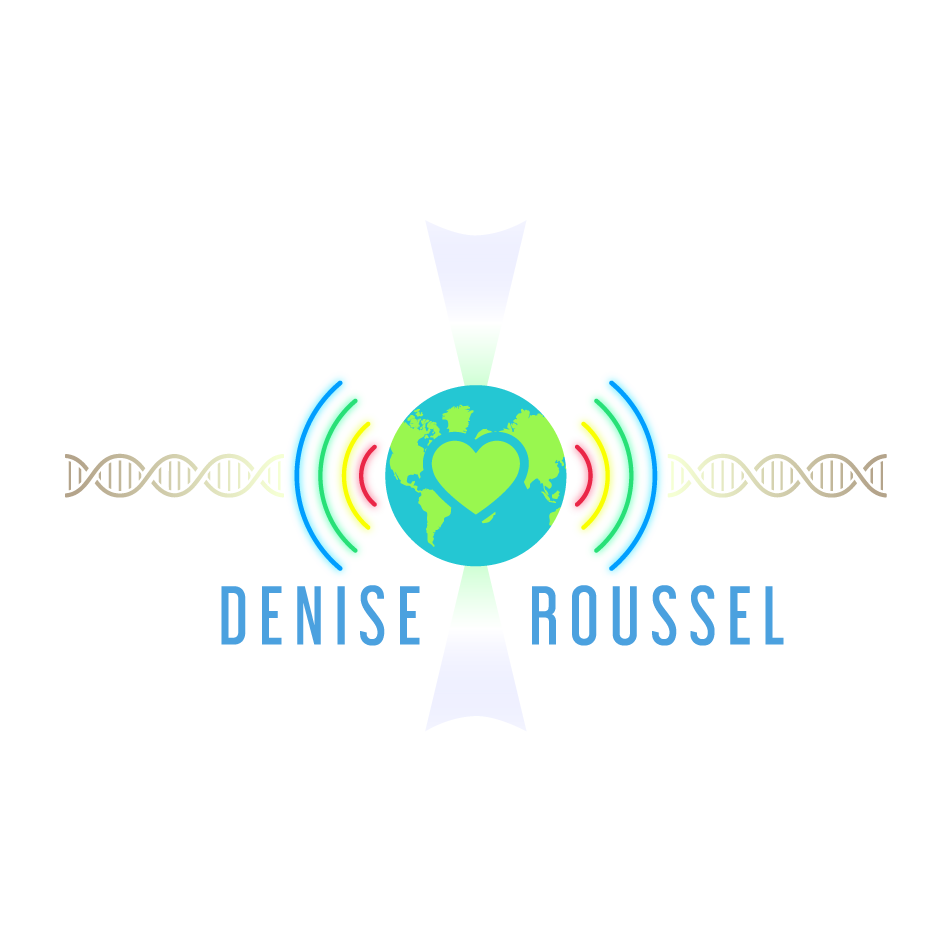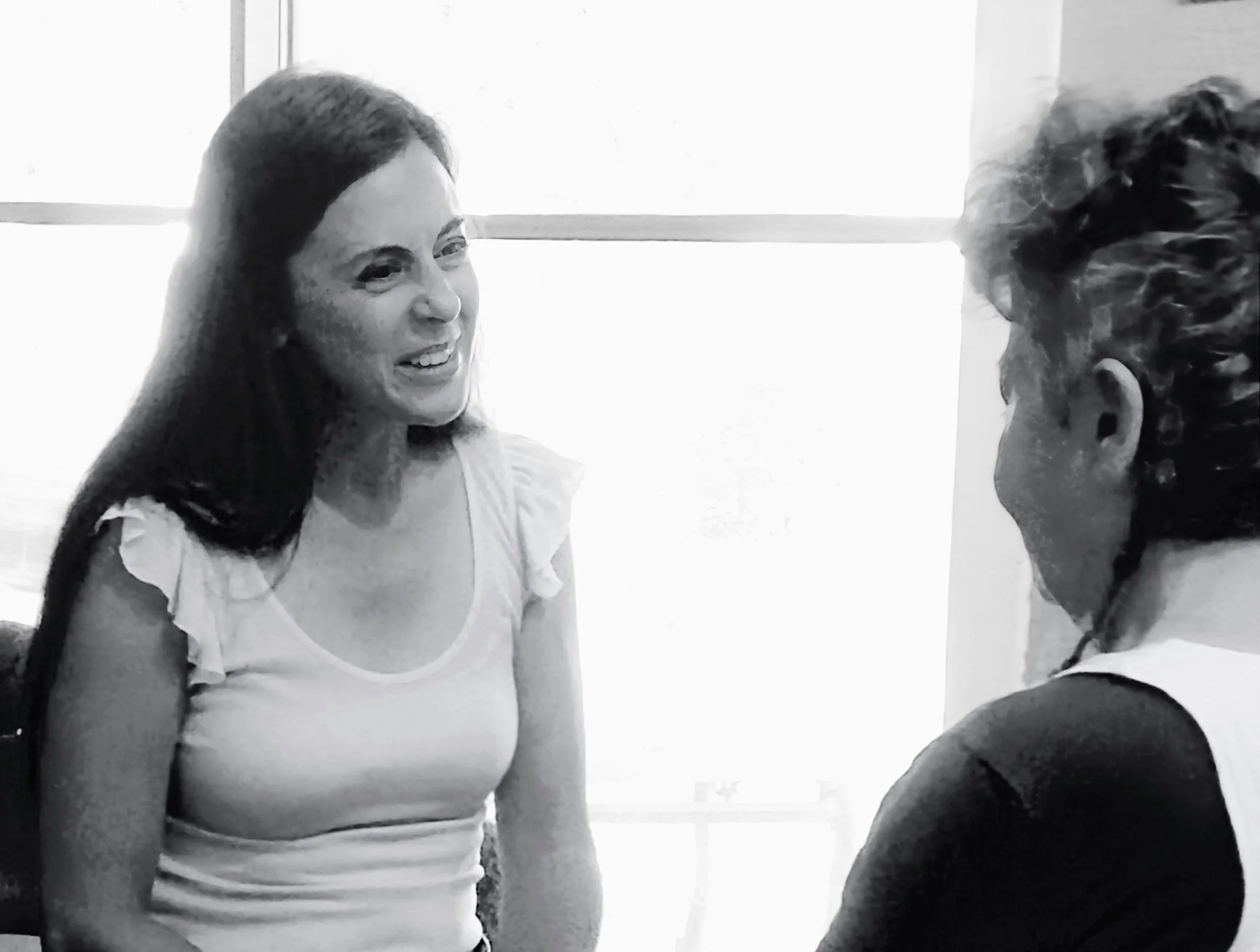Losing my son, Cory, was the most gut-wrenching and traumatic experience of my life.
Thankfully, he came to me quickly as my Spirit Guide and has supported me masterfully from the other side.
But during that time—when I needed other humans the most—many didn’t have the energy or capacity to be there for me.
I was a mirror for the pain they didn’t want to feel.
And though I know they cared deeply, they simply didn’t know what to say or do… so they avoided me.
I want to share what would have truly helped me, in hopes that when you meet someone walking through deep grief, you’ll feel more confident reaching out in ways that genuinely support them.
1️⃣ Let Them Feel
After Cory passed, I knew instinctively to allow myself to feel everything.
Most people aren’t comfortable with that—because they can barely hold their own feelings, let alone someone else’s.
The best way to support someone who’s grieving is to let them feel without trying to make them feel better.
Their sadness isn’t wrong.
What creates suffering is resisting the grief.
Avoid sugarcoating or offering silver linings like, “He’s in a better place.”
Instead, try:
“I’m so sorry. I’m here for you. You can share whatever feels right, and I’ll listen.”
2️⃣ Let Them Remember
I needed to know that Cory’s life mattered—that he was special, that he was still here in some way.
But most people avoided talking about him, afraid it would upset me.
In truth, that silence hurt even more.
Let people talk about their loved ones, even if it brings tears.
Remembering them keeps them alive in our hearts—and it heals.
The next time you meet someone grieving, ask:
“Tell me about them. What were they like? How did they live?”
That simple invitation can make their whole day.
3️⃣ Let Them Be
There is no timeline for grief.
Don’t rush someone through it.
The most supportive thing you can do is allow them to have their own experience—while reminding them you’re there, no matter what.
People don’t need to be fixed.
They need loving, nonjudgmental presence.
They don’t need advice; they need to know you understand.
Simply listening with compassion is far more healing than suggesting solutions or therapies.
Wisdom and perspective can come later—after presence and understanding have been offered.
4️⃣ Let Them Know They’re Not Alone
One of the most healing things you can say is simple and true:
“Though you feel alone, you are not alone. I’m here with you.”




